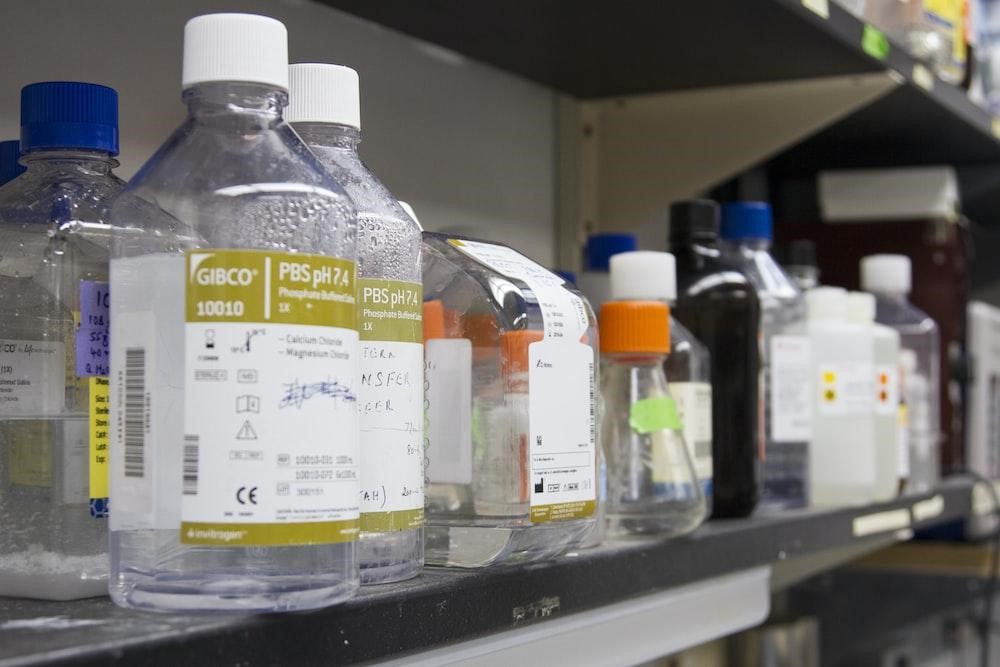Chemical Waste in the Medical Field
4/22/2023

Chemical waste generated from the medical field is one of the most hazardous waste because of the potential risk that it poses to human health and the environment. Here are types of chemical waste generated from the medical field.
Chemicals for medical procedures
Medical procedures such as chemotherapy, anesthetics, and disinfections use chemicals. When the waste is exposed to human health, it can cause harm.
Laboratory chemicals
Chemicals used to conduct experiments and tests include solvents, bases, and acids. They can irritate the skin when left unattended or when they are not disposed of well.
Imaging chemicals
Procedures such as X-rays and CT scans use contrast agents which are hazardous to human health and the environment.
Chemicals used for sterilization
Sterilization procedures use chemicals such as hydrogen peroxide and ethylene oxide. While these chemicals are essential in ensuring that medical instruments and equipment are clean, they can cause health hazards when disposed of improperly.
Expired and used chemicals
These chemicals can include medications and cleaning supplies. Improper release into the environment will cause pollution and other health hazards.
Chemicals from medical research
As we may know, the medical field carries out research now and then and the personnel involved use chemicals that can be hazardous. For instance, in vitro studies of animal testing is an activity that involves the use of active chemicals.
Final thoughts
Chemical waste in medical waste needs to be identified well and segregated in well-labeled containers to prevent accidents and exposure to human health and the environment. This waste also needs to be stored in secure areas that don’t have a lot of human activity.
